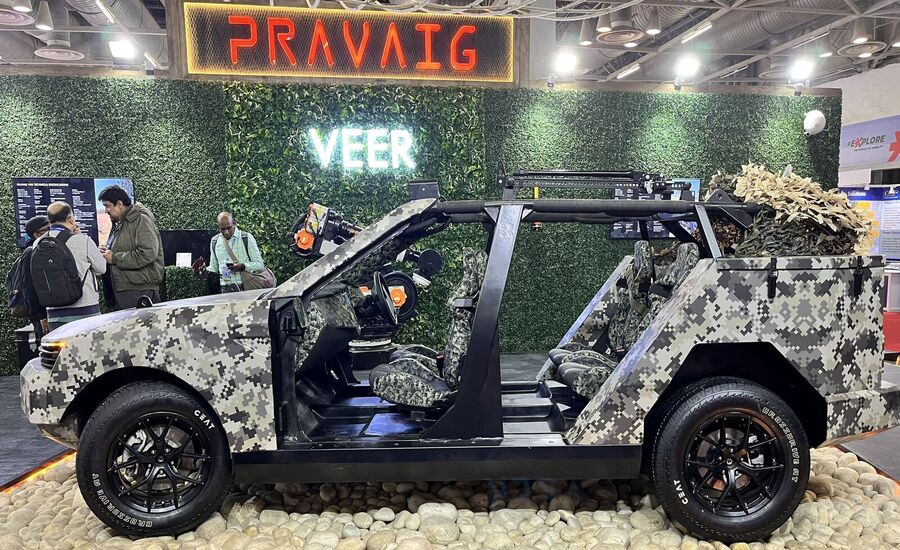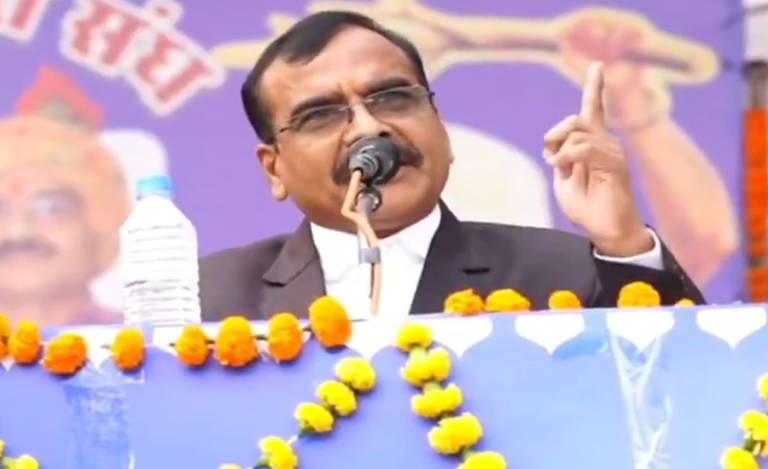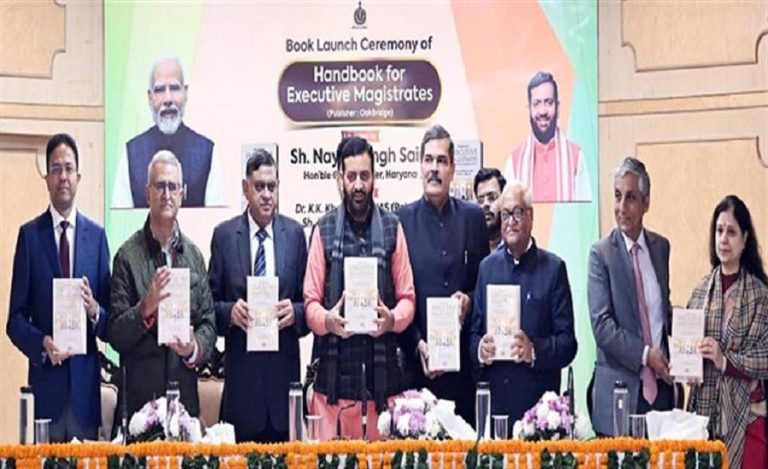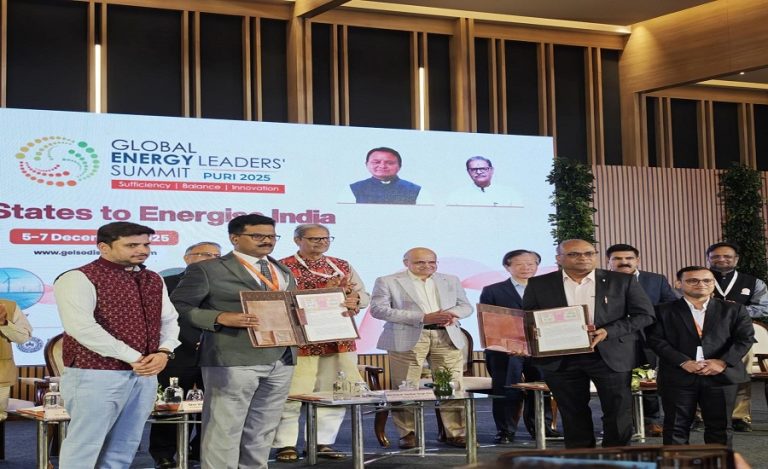New Delhi/ Bengaluru: Bengaluru-based Pravaig Dynamics (an Indian start-up) has developed a next-generation defence all-terrain tactical electric vehicle named VEER.
Major Highlights of Pravaig VEER EV
According to media reports, this vehicle features stealth capabilities, high mobility in challenging terrain, and full field-repair readiness — positioning it as a game-changer for Indian armed forces.
Earlier this year, VEER underwent military trials and secured the prestigious iDEX (Innovation for Defence Excellence) award, signalling official recognition of its defence potential.
With India’s push for “Atmanirbhar Bharat” in defence, such indigenous innovations carry strategic importance — reducing reliance on imports, enhancing battlefield readiness, and giving the Indian military tactical advantages in rugged terrains.
What Makes Pravaig VEER EV Stand Out
Stealth & Terrain Mobility: VEER is described as a “class-leading stealth” vehicle means low observability and the ability to operate covertly in hostile terrain.
Its all-terrain electric architecture enables it to traverse difficult environments (deserts, mountains, forests) while maintaining reduced acoustic and thermal signatures. Reports highlight full field-repairability for rapid turnaround in operation zones.
Indigenous Innovation & Strategic Self-Reliance: By developing VEER domestically, India strengthens its defence manufacturing ecosystem. Pravaig Dynamics’ success underscores how private Indian firms are stepping up in defence R&D, aligning with national goals of self-reliance.
Earlier military trials proved VEER’s readiness for induction, paving the way for large-scale deployment by Indian armed forces.
Implications for Indian Defence & Mobility
Tactical Superiority: With VEER, Indian forces gain access to rapid-deployment electric vehicles that are stealthy and terrain-agile — a major advantage in asymmetric warfare environments.
Operational Cost Efficiency: Electric propulsion reduces logistics burdens (fuel supply, maintenance) and enables quieter operations.
Manufacturing Growth: The success of VEER enhances India’s startup-to-defence-industry pipeline, encouraging further innovation.
Global Positioning: This positions India on the global map of tactical EVs for military use, potentially opening export opportunities.
What’s Next & Outlook
Pravaig Dynamics is reportedly moving VEER toward production-ready status — with near-field trials completed and manufacturing scale-up in the pipeline.
Challenges remain in certification, supply-chain integration, cost-optimization, and full field induction by the military. But with initial awards and trials cleared, momentum is clearly on the side of indigenous defence electric mobility.
The next 12-24 months will be key if VEER is inducted and deployed, it may redefine how Indian ground forces approach mobility, stealth and sustainability.



























